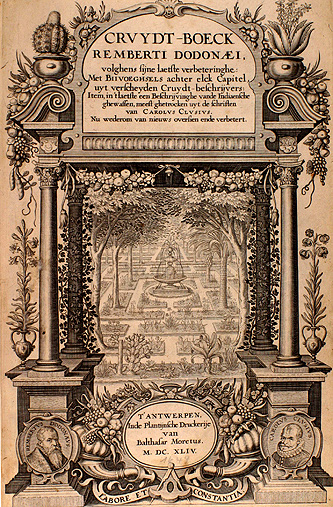There is room on the web for all kinds of obsession, and this is one of the things I love about it. I have an RSS reader full of lovingly collected and cultivated obsessions, and not a day goes by when I don’t happily flip through them. And not a week goes by when I don’t plunge down a rabbit hole of someone else’s heretofore unknown-to-me obsession. Today’s examples: ebook and online typography, by way of the legendary techblog Daring Fireball (a blog so well read, that its links have spawned a verb: Fireballed).
From one typography maven, who has an almost justifiable beef with Kindle typography:
“How can so little care be given to the presentation of text on a[n electronic] page? Do publishers care, or even realize, what is happening to the texts they lovingly commission, copy-edit, and proof-read, when they enter the electronic domain?”
Earlier in the piece, he writes this:
“I can just about forgive the opening words in ALL CAPITALS, because, although letterspaced SMALL CAPITALS are much nicer, even William Morris resorted to chapter openings in the all-up style.”
 This gentleman knows way more about type than I do, and I loved reading the post for that reason. I’m not disagreeing with the spirit of his analysis. But the light bulb should go off at the mention of William Morris. Actually, no, not the light bulb. The laugh track.
This gentleman knows way more about type than I do, and I loved reading the post for that reason. I’m not disagreeing with the spirit of his analysis. But the light bulb should go off at the mention of William Morris. Actually, no, not the light bulb. The laugh track.
Look, I love type. The people I work with in production love type and obsess over it (and many other things readers don’t know they care about) to a degree most people would find shocking. But Kindle ebooks cost 9.99 (or less). I don’t know what a Kelmscott Press book cost in 1895 in inflation- adjusted dollars, but I would be willing to bet dollars to donuts that it was more than 9.99.
more than 9.99.
Even if cost were no factor, consider the fact that publishers don’t create ebooks for the Kindle alone. We do so for constantly proliferating ebooks standards, devices, and vendors, none of whom allow anything like the proofing control afforded by print. (William Morris, by contrast controlled every aspect of his bookmaking, and the lifetime output of the Kelmscott Press was less than the number of Kindle books Amazon sold in the time it took me to write this sentence.)

The point of typographic comparison for a Kindle book ought to be a mass-market paperback edition of Valley of the Dolls bought in a grocery store sometime in the late 1960s, not Sonnets and Lyrical Poems by Rossetti from1893.
Being shocked that the typography is lousy on your Kindle is like being shocked that the beef on your White Castle slider isn’t Kobe.
Perhaps a less snarky (more optimistic) way to think about this is like so: Being shocked by the m ediocre typography on your Kindle is like being irritated that the screen on the iPod you bought in 2001 is green and that it doesn’t make phone calls. Early days people, early days. Early print typography was no great shakes either.
ediocre typography on your Kindle is like being irritated that the screen on the iPod you bought in 2001 is green and that it doesn’t make phone calls. Early days people, early days. Early print typography was no great shakes either.
I am beginning to think of coining a new Internet axiom (if that’s not an oxymoron in itself): “If you are shocked by what you’ve got, first consider what you paid (and when you paid).”
Bezos photo by dberlind
